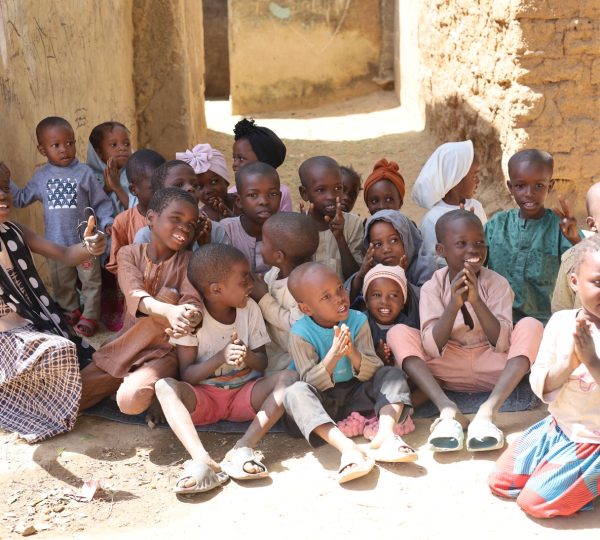Mass distribution of 8.8 million Insecticide Treated Nets in Kano state: Meeting community needs
By Isibhakhomen Yetunde Ikhimiukor
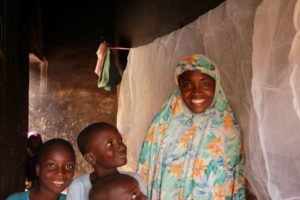
In Tofa local government area (LGA), Rabi received the nets on the first day of the distribution campaign. She was glad to show the team where she aired her net before usage. She said she was eager for herself, her husband, and her children to begin sleeping in it as she had already started airing it under a shade. She also mentioned that their old mosquito nets were worn out, damaged, and no longer offered protection. She appreciated the government and the people involved in the net distribution for providing her family with the ITNs, as mosquitoes were a continual source of discomfort for her and her children. In her words, “when you use the nets, your body feels good and free from mosquitoes”
Prevalence of mosquitoes that transmit malaria in Kano State
Kano, Nigeria’s most populated state is located in the northwest region of the country. According to the final report by Nigeria Malaria Indicator Survey 2021 (NMIS), Malaria transmission is meso-endemic in Kano State, Nigeria with a prevalence of 26%. Due to the state’s extensive prevalence of mosquitoes that transmit malaria, it can be noted as a high-risk area for the spread of the disease. Malaria is one of the leading causes of mortality and morbidity and is transmitted by the female anopheles mosquito.
Global Fund Intervention through the distribution of 8.8 million nets to households

On November 10th, 2022, a free door-to-door distribution campaign for Insecticide-treated nets (ITNs) was launched in Kano state targeting all 44 local government areas with the goal of distributing over 8.8 million nets to more than 16 millon residents. This was a massive campaign implemented by Society for Family Health Nigeria in collaboration with National Malaria Elimination Programme (NMEP) and other partners with support from the Global Fund, a significant intervention to help combat the spread of malaria.
Community mobilisation and distribution
The process started with microplanning to generate useful data on the estimated population size, total number of settlements/wards, total number of nets that would cover the distribution, and other relevant statistics to aid the activity. Prior to the campaign, mobilisers, distributors, security/crowd control team along with other personnel were trained to ensure a seamless process on the field. Households in the LGAs were informed about the distribution through town announcers, Civil Society Organisation (CSOs) and mass media and urged to commence the use of distributed ITNs given to them in order to protect themselves and their families from mosquitoes that spread malaria.
In many of the rural settlements reached, Primary Healthcare Centres (PHCs) were quite a distance away from the residents of the communities, and they had no access to Pharmacies or Patent and Proprietary Medicine Vendors (PPMVs) to obtain prescriptions/malaria drugs for themselves and their children when they become ill with malaria.
Community members are less worried about treating Malaria
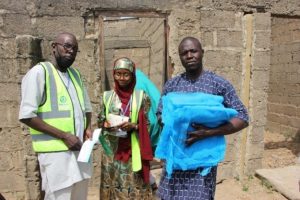
During the monitoring of the Mobilisation and Distribution Teams (MDTs) in Bunkure LGA, the team met with a beneficiary Jaafar Faisel, who was already waiting to get the net at the front of his house. He was delighted to see the team arrive at his residence to hand out the nets. He stated that the distribution was a timely needed intervention as his son (Zaharadeen) always suffers from malaria. In his words, he said “my heart is glad because I will no longer have to worry about treating my last son for malaria every time”
Perception of benefits of net usage in households
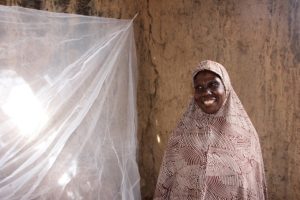
In another ward, Hawuau Gambo was happy to recall how the mobiliser and health educator had informed her about the usage of the net when they came to her house for the distribution. She provided a detailed description of how to use the net, including how to air the net after receiving it, the benefits of sleeping inside the net with her family every night, taking care of the net to prevent damage, and what to do if it gets torn. She added that because they would start sleeping inside right away after the 24-hour period specified for airing it under a shade, the net would protect her and her family from mosquito bites.
Campaign Effect in mobilisation of community members
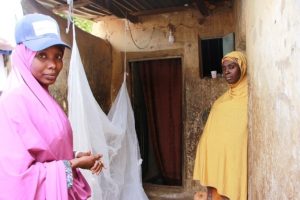
A mobiliser in Bichi LGA expressed her delight at the campaign’s presence in her community. She continued by saying that she was pleased with the turnout of her people as they were eager to get the ITNs from the MDTs. The community’s enthusiasm demonstrates that they have a long-standing problem with fighting malaria and were pleased to welcome the campaign team for a healthy life. Therefore, it is evident from their response that the Society for Family Health’s involvement was timely in reducing the spread and burden of malaria. In the effort to combat malaria, the willingness and preparedness of the recipients/beneficiaries and personnel involved in the planning and distribution process of the campaign are critical in stopping the spread of malaria in the communities.

